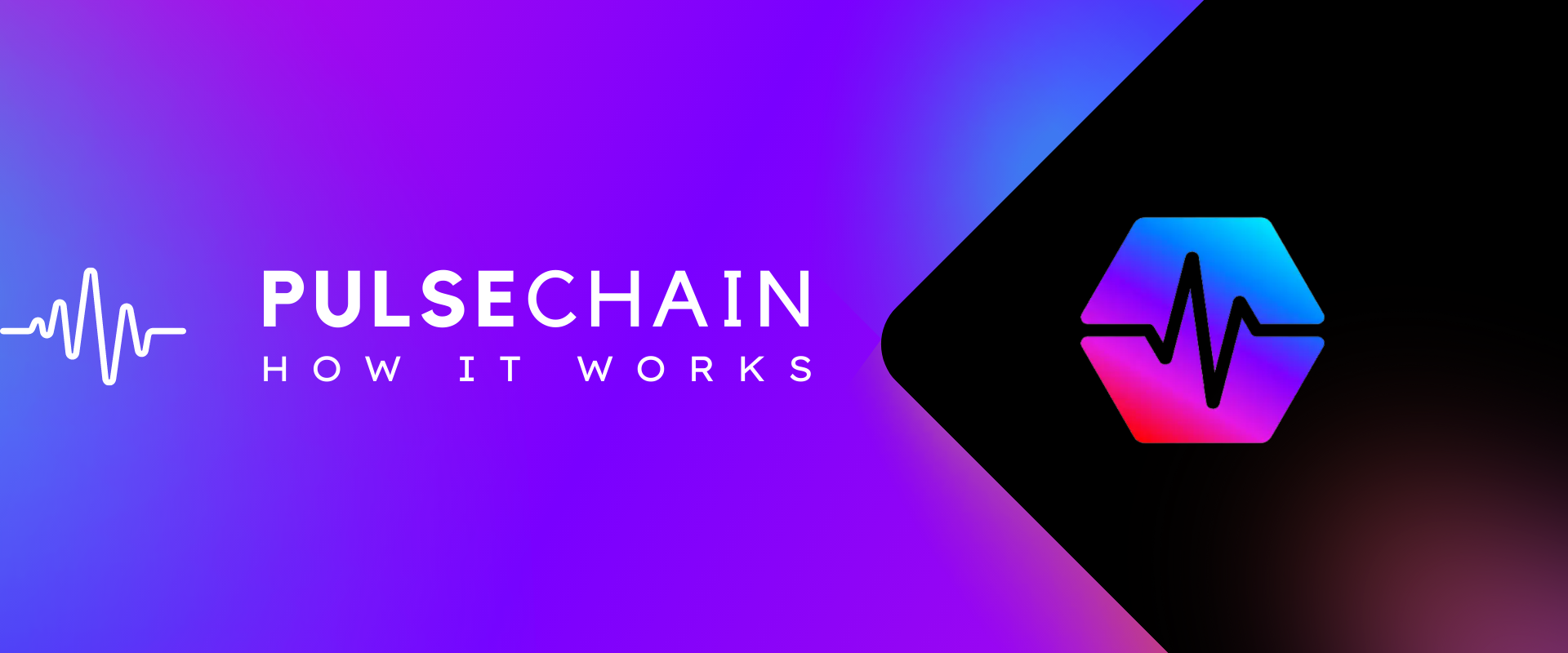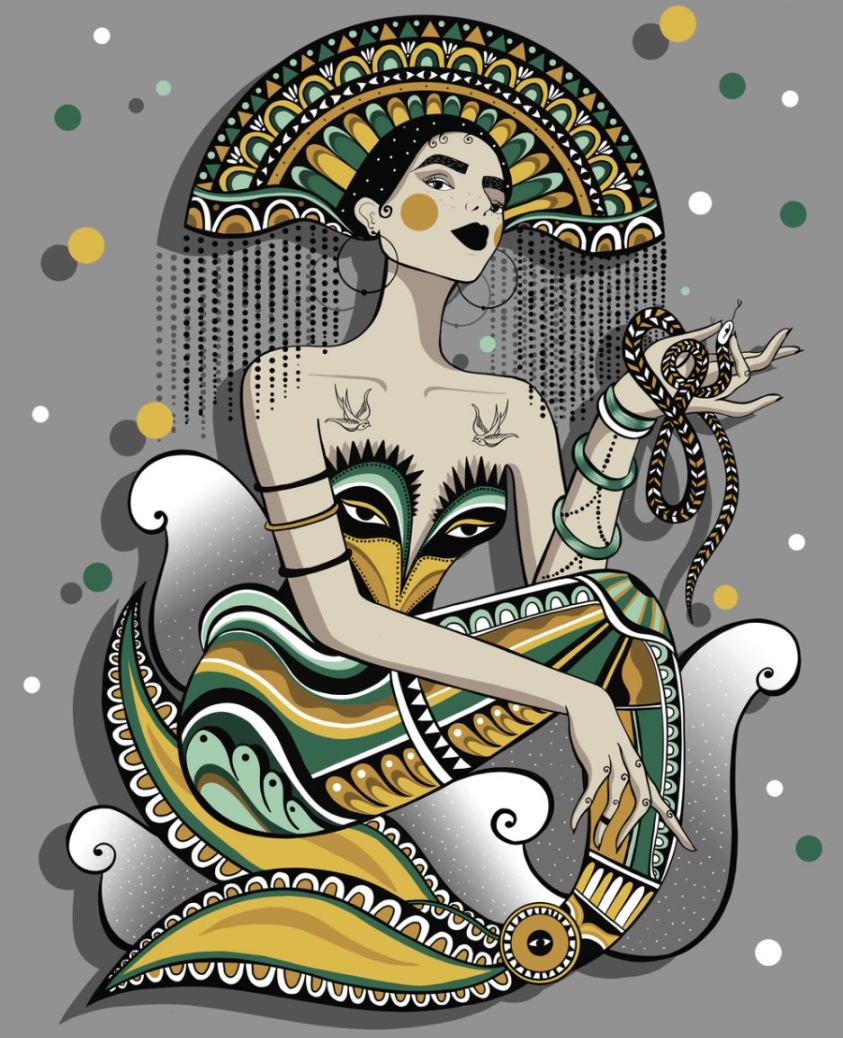What is Web4.0 mentioned in the EU’s “Initiative” document? What is its relationship with Web3.0?
What is Web4.0 in the EU's "Initiative" doc and how does it relate to Web3.0?“Open and permissionless blockchains will play a key role in the open virtual world… We are at the beginning of a major technological transformation, Web 4.0 will completely change people’s daily lives.”
– EU “Initiative” document
On July 12th, a policy-related message began to spread in the cryptocurrency world. The document released by the European Union shows that the European Commission has passed a new strategy on Web 4.0 and the virtual world. This strategy aims to guide the next technological transformation and ensure an open, secure, trustworthy, fair, and inclusive digital environment for EU citizens, businesses, and public administration.
When the cryptocurrency world was still stuck in the narrative of Web 3.0, the EU has already advanced to Web 4.0? Finally, one day, the traditional world will no longer be a follower of the narrative and will take the lead to open the next mainstream narrative for the cryptocurrency world.
- Interpreting Google Play’s Digital Assets Policy: NFTs are allowed to appear in apps and games, but mining on devices is not allowed.
- After Arkham, which data tools still haven’t released their own tokens?
- Full Text of Gavin Wood’s Speech: How Polkadot is Shifting from “Chain-Centric” to “App-Centric”
Whether you have a thorough understanding of Web 3.0 or not, Odaily Star Daily will take you one step ahead and quickly review the EU’s Web 4.0 plan.
What is Web 4.0?
Before looking forward to Web 4.0, let’s review Web 3.0. The definition of Web 3.0 is also given in the EU document: “The main characteristics of the third-generation Internet Web 3.0 are openness, decentralization, and complete user sovereignty.” It can be seen that the EU has accepted the decentralized Web 3.0 concept advocated by the cryptocurrency world for years.
As for the future Web 4.0, the EU disclosed in the document, “Web 4.0 refers to the expected fourth-generation World Wide Web.” Specifically, this generation of the Internet uses a variety of advanced technologies, including artificial intelligence and environmental intelligence, the Internet of Things, trusted blockchain transactions, virtual worlds, and XR functions.
In the fourth-generation Internet, digital entities, real-world entities, and the environment will be fully integrated and can communicate with each other, achieving a truly intuitive and immersive experience, and seamlessly integrating the physical and digital worlds.
It is worth mentioning that although the EU also lists blockchain as one of the cornerstones of Web 4.0, the wording of the initiative is trusted blockchain rather than trustless blockchain supported by the native and supported by the cryptocurrency world.
Is Web 4.0 too far away from encryption?
As a long-term development strategy and future outlook, the technology of Web 4.0 seems to be too far away for the encryption market. Although blockchain is one of its technological cornerstones, trusted blockchains and the encrypted world are really far apart. Under such strategic planning, what is the relevance between Web 4.0 and the encryption market?
The committee believes that this technological transformation is extremely important because its open and free philosophy has reflected the EU’s values, principles, and fundamental rights from the beginning. The strategy aims to ensure that European citizens can use the virtual world safely and confidently, and enable European companies to develop world-leading applications.
“Web 4.0 should be driven by open technologies and standards to ensure interoperability between platforms and networks and to guarantee user freedom of choice.”
This seems to be compatible with the spiritual core of the encrypted world, but what about specific use cases and scenarios?
In terms of specific implementation, the EU has also given some specific prospects. For example, digital twins can help test and optimize production processes, which is of great significance to the manufacturing industry. Virtual worlds provide new ways for creating, promoting, distributing content, and interacting with audiences, which is crucial for the cultural and creative industries.
Unfortunately, these are not very relevant to the encryption market.
Which sectors of the encryption market are expected to benefit?
Although this strategy is too grand, making it difficult for us to find a focus that helps the encryption market at first glance, the Web 4.0 initiative still has a lot of prospects for encryption technology.
The EU believes that blockchain is the key to realizing the virtual world. Its de-trust feature can support a large number of people and organizations to permanently record relevant information without the need for trusted third-party institutions.
The initiative mentions that blockchain technology can be used to manage assets in the virtual world, such as virtual currency or virtual real estate, and allow secure and transparent transactions within the virtual world.
This may be a benefit to sectors such as the metaverse, after all, the “virtual world” is one of the main future directions of this initiative. In addition, the initiative also mentions virtual real estate. (Perhaps future metaverse land will be deployed in Europe in the real world?)
NFT is another field that receives emphasis in this proposal. The document points out that NFTs are widely used in various applications. “NFT promotes innovation in content creation and provides opportunities for artists (and creators). NFT platforms directly connect artists (and creators) with potential buyers and connect them directly at lower cost.” This part of the description seems to be too clichéd, and its narrative has been used in the previous bull market.
Fortunately, the EU still gives its insights on the landing scenarios: “In fact, NFTs have been introduced into new business models. NFTs can also be used in sales and ticketing for specific cases such as sports, fashion, games, music.”
So far, NFTs have integrated with traditional businesses, although its narrative is also too old-fashioned. However, its use cases have not yet been fully developed, and there is still room for further development in the future, leaving plenty of room for imagination for NFTs.
Finally, the importance of blockchain to Web 4.0 is also mentioned in terms of security and privacy protection, cross-border payments, and international trade, but not in detail. This may bring potential growth points for the hot zk technology in the encryption market and the payment applications that are not yet popular.
Fun fact: In the long 113-page proposal document, “Blockchain” was mentioned 31 times, “Crypto” 7 times, and “Bitcoin” and “Ethereum” were both 0 times, but “NFT” was mentioned 40 times.
We will continue to update Blocking; if you have any questions or suggestions, please contact us!
Was this article helpful?
93 out of 132 found this helpful
Related articles
- The English Football Association plans to establish an NFT platform, analyzing the commercial model that combines sports and Web3
- Meng Yan: After visiting Africa, I now believe that the opportunities for blockchain are in the Indo-Pacific region.
- Weekly Financing Report | 12 Public Financing Events; L1 Blockchain Shardeum Completes $5.4 Million Strategic Financing with Participation from Amber Group
- Rollup as a Service: A new era of blockchain scalability, the next modular battlefield
- Layer1 blockchain Sharduem completes $5.4 million financing, with a valuation of $248 million.
- Co-Chairman of the Hong Kong Blockchain Association, Fang Hongjin: The Hong Kong government should not issue a Hong Kong dollar stablecoin.
- Blockchain startup Web3Go completes $4 million seed round financing, led by Binance Labs.






